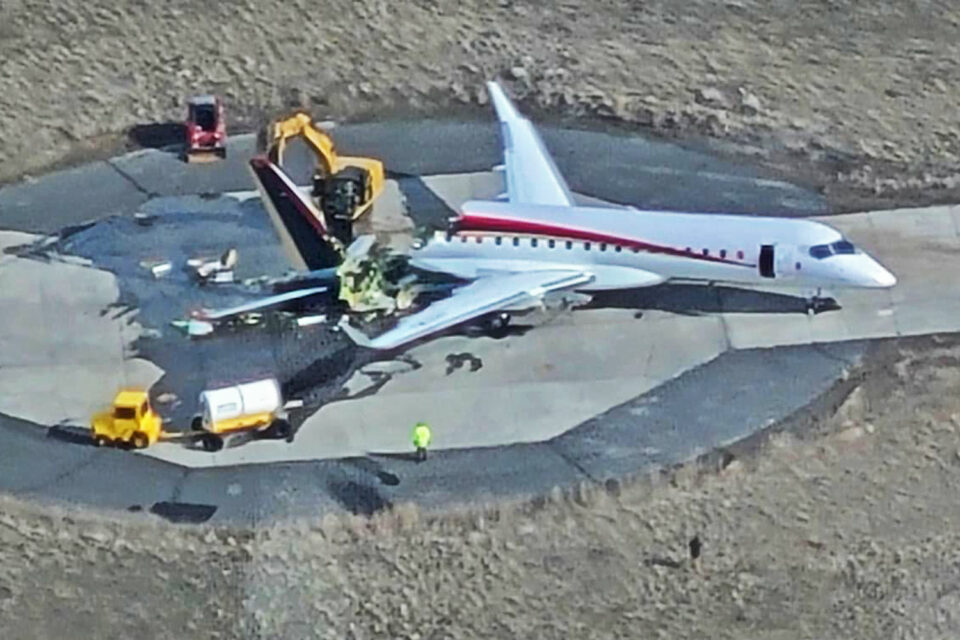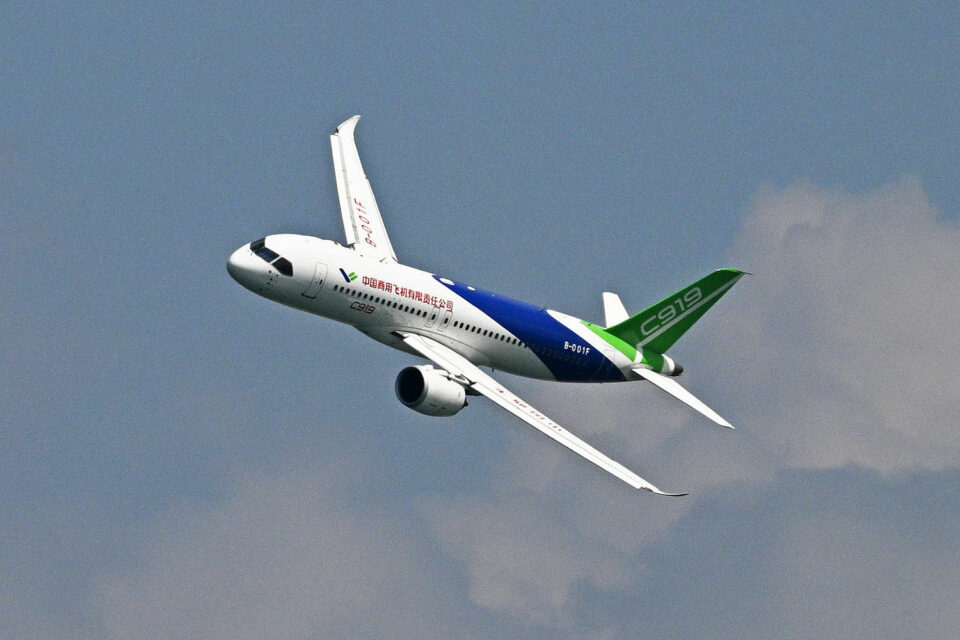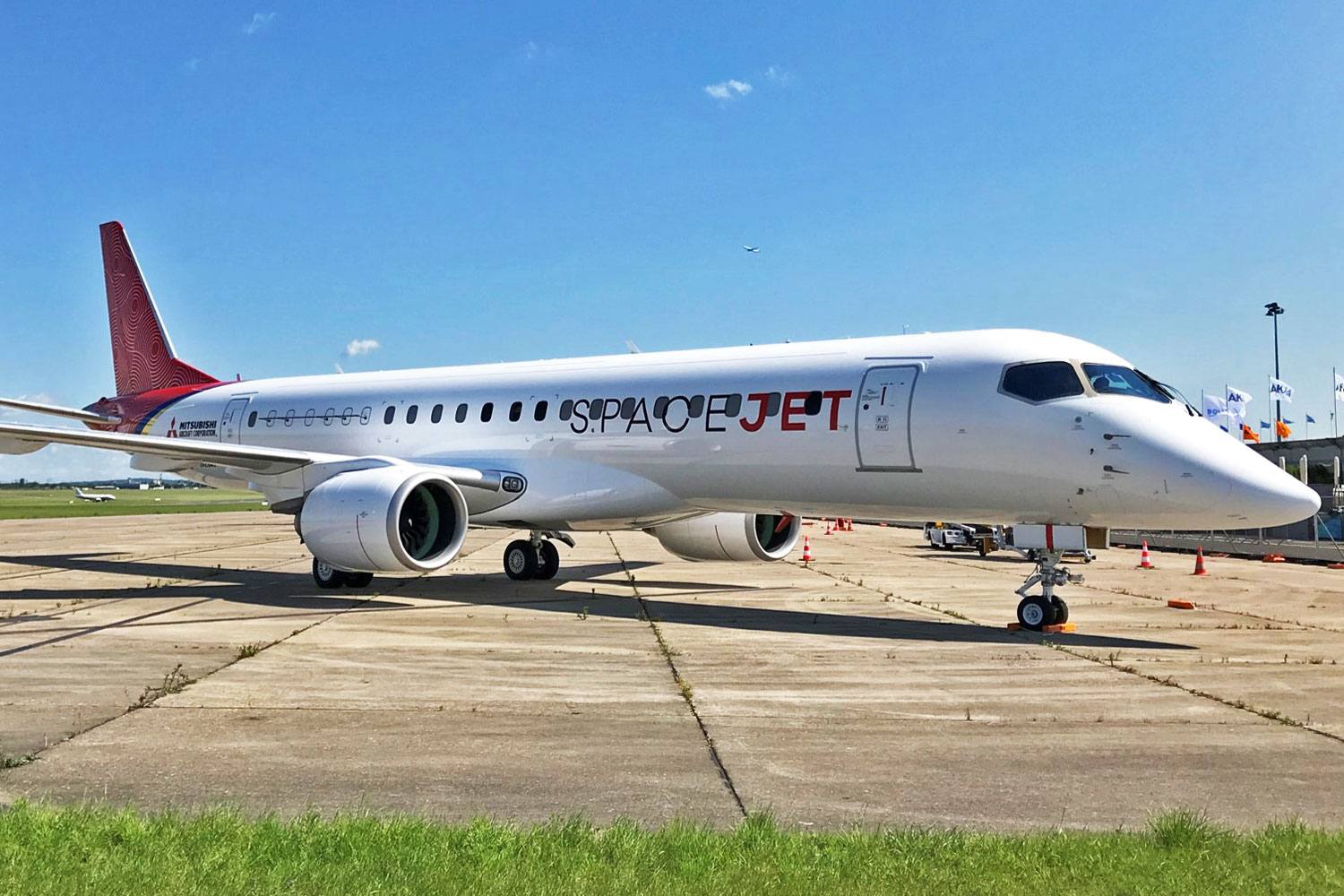The hard lessons learned from the failure of Mitsubishi’s SpaceJet program, which ended in 2023, led Japan’s government to lay the groundwork for the design of a new indigenous airliner on Wednesday.
The Ministry of Economy, Trade and Industry announced a draft strategy to develop a next-generation commercial aircraft.
The new passenger plane is expected to feature sustainable propulsion, possibly hydrogen, and enter service around 2035.
Follow ADN: Instagram | Twitter | Facebook
But instead of being financed by a private company, as happened with the SpaceJet, the future airliner will be developed by a pool of Japanese manufacturers with large financial support from the government.
The project is estimated to have at least 5 trillion yen (US$33 billion) supported by the ministry.

“Japan needs to dive into profitability and value providing territories other than providing some parts for the airline industry,” said Masuo Kuremura, director of aerospace and defense industry division.
Among the companies considered to participate in the program are Kawasaki Heavy Industries and Mitsubishi itself.
The Japanese government did not elaborate on the aircraft category, but it is understood that the most likely is a single-aisle jet, which is in greater demand in the air travel market.
Certification process
Since the end of the SpaceJet program, government officials have lamented Mitsubishi’s lack of experience in handling the formalities of certifying a commercial aircraft.
Born as MRJ (Mitsubishi Regional Jet), the regional jet appeared to be an efficient aircraft and capable of competing with Embraer’s E-Jets.

But even with support from some launch customers, including All Nippon Airways, and a 50 billion yen investment from the government, the SpaceJet succumbed to delays and exorbitant costs.
Mitsubishi even took some of the M90 prototypes, the 100-seat version, to the United States, in order to speed up the certification process, but without success.
To avoid new unforeseen events, the plan is to seek know-how from manufacturers this

